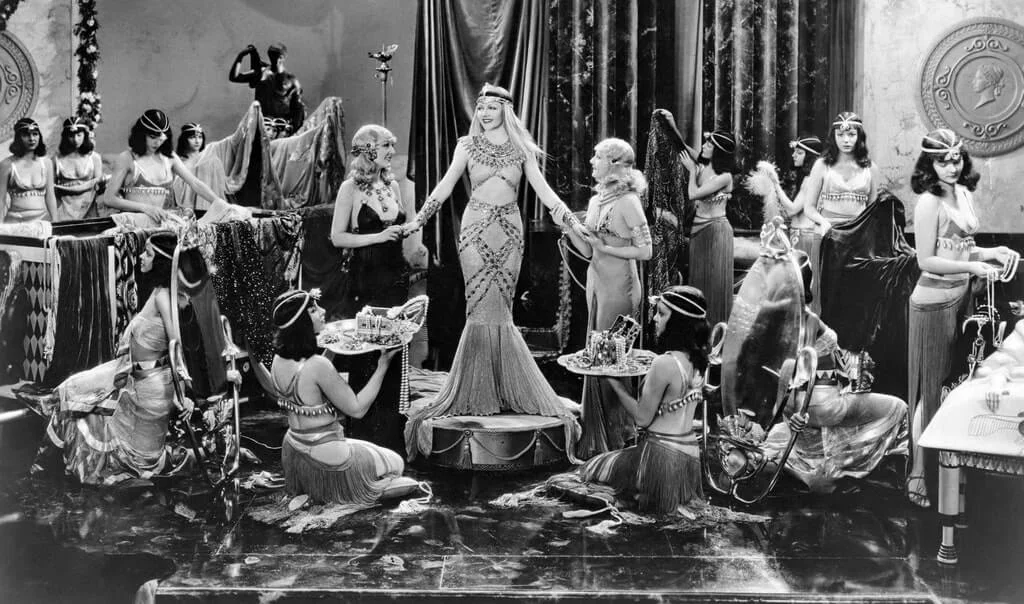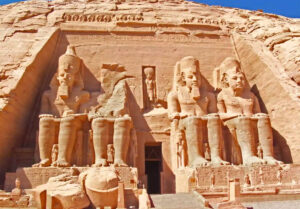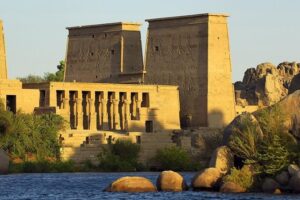A Global Obsession: The History of Egyptomania
Egyptomania is the widespread fascination with all things ancient Egyptian. This obsession has surfaced throughout history in waves. It is not just an interest in archaeology; it’s a cultural phenomenon. It has influenced art, architecture, fashion, and popular culture for centuries. This enduring fascination began long before modern times.
The Greco-Roman Roots of Egyptomania
The first major wave of Egyptomania began in the Greco-Roman world. Greek philosophers and historians, like Herodotus, traveled to Egypt and wrote about its wonders. They saw Egypt as a land of ancient wisdom and mystery. The Romans, who later conquered Egypt, also became obsessed. They decorated their villas with Egyptian motifs and built temples to Egyptian deities like Isis. Emperor Augustus even brought an obelisk from Heliopolis to Rome. He erected it in the Campus Martius. This act demonstrated Rome’s power, but also its deep fascination with Egyptian culture.
Napoleon and the Enlightenment
Modern Egyptomania truly exploded in the late 18th century. Napoleon Bonaparte’s expedition to Egypt in 1798 ignited this new wave. He brought with him a team of scientists, artists, and scholars. They meticulously documented Egypt’s ancient monuments. Their work was published in the monumental Description de l’Égypte. This book brought the wonders of Egypt to a European audience for the first time. The discovery of the Rosetta Stone in 1799 was a key part of this period. Its decipherment by Jean-François Champollion in 1822 unlocked the secrets of hieroglyphs. It gave the world a new way to understand ancient Egypt.
The Golden Age of Egyptomania: The 20th Century
The early 20th century saw another major surge of interest. The discovery of Tutankhamun’s tomb in 1922 by Howard Carter was the catalyst. The tomb was almost completely intact. Its discovery sent shockwaves around the globe. Newspapers and magazines covered every detail. This event fueled a massive craze for everything Egyptian.
- Art and Design: The Art Deco movement in the 1920s and 1930s heavily adopted Egyptian motifs. Designers used stylized images of scarabs, lotus flowers, and pyramids. They integrated these into jewelry, furniture, and architecture. The iconic Chrysler Building in New York, with its tiered, spire-like top, shows a clear Egyptian influence.
- Pop Culture: This period produced countless films, books, and songs about mummies, pharaohs, and ancient curses. They brought the mystique of Egypt into popular culture. This cemented its place as a source of endless fascination.
Contemporary Egyptomania
The obsession with ancient Egypt has never truly disappeared. Today, Egyptomania is a global phenomenon. It is visible in various aspects of modern life.
- Media and Entertainment: Egyptian themes are a staple in video games, movies, and television shows. The Assassin’s Creed Origins video game and films like The Mummy series continue to bring ancient Egypt to new generations.
- Architecture and Symbolism: Architects still use Egyptian forms. The pyramid shape is particularly popular. The Luxor Hotel and Casino in Las Vegas is a perfect example of this. The Eye of Horus, the ankh, and the pyramid are popular symbols in jewelry and tattoos.
- The Internet Age: Social media and documentaries have made information about ancient Egypt more accessible than ever before. This has led to a renewed interest in archaeology and history.
Egyptomania is more than a passing trend. It is a powerful cultural force. It has consistently shaped art, design, and our collective imagination. From the Roman Empire to the modern digital age, the legacy of the pharaohs continues to inspire and mystify. The global obsession shows no signs of slowing down.










